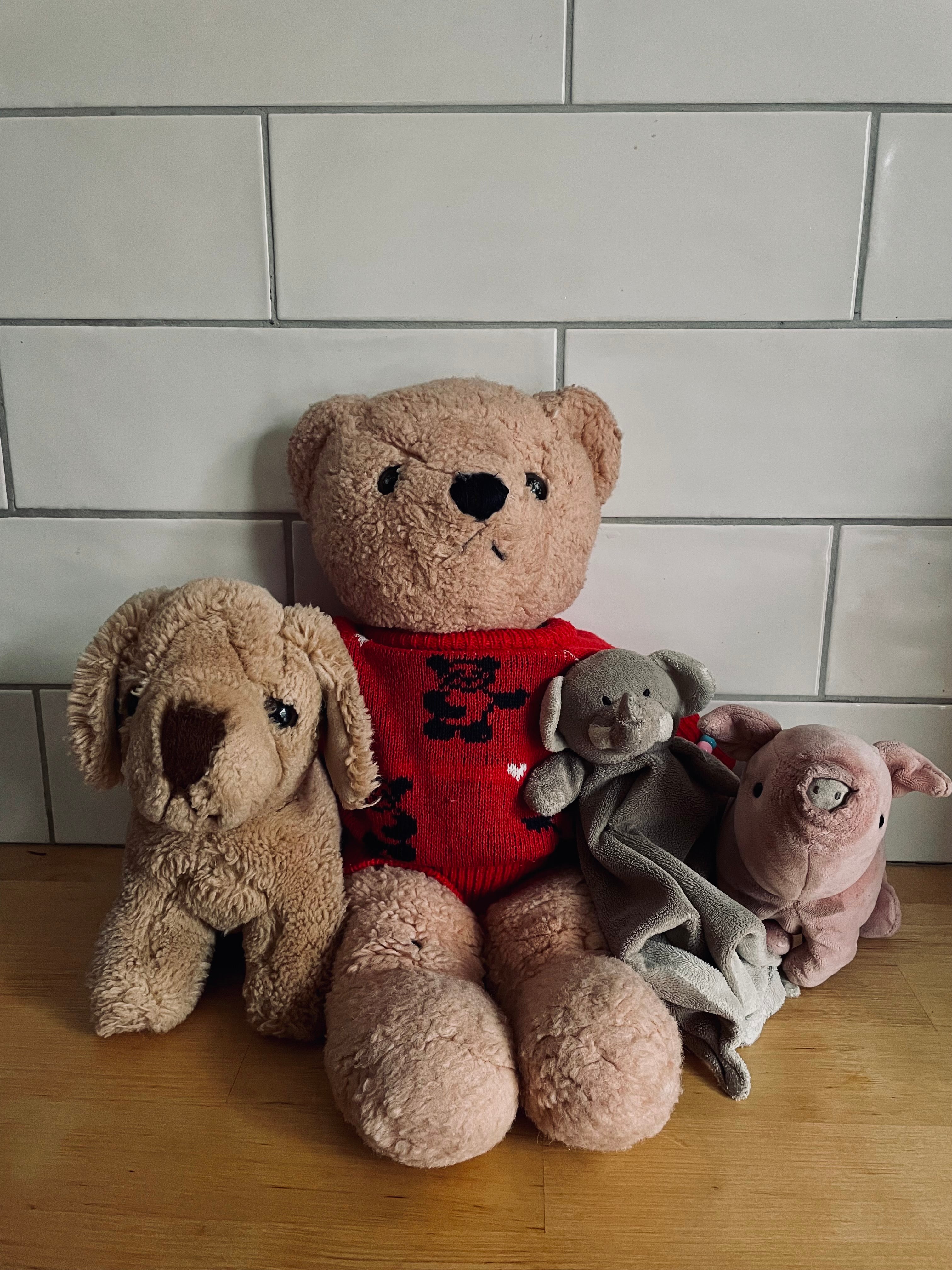The Teddy Bear Factor - Explaining emotional attachment.
I listened to a lecture by Lynn Wilson - A leading circularity expert based in Glasgow - last year and I have thought about it ever since.
She was discussing circular economy, something she knows a lot about and she mentioned 'The Teddy Bear Factor' by Walter Stahel. I had been running LAW for a year and a half and had just recently launched LAW Circular a project to keep LAW Clothing in circulation for as long as possible. I felt like I had been talking a lot about emotional attachment on social media for a while but without much success and this explained it in simple terms that we can all empathise with.
What is emotional attachment?
When I talk about emotional attachment in the fashion system I always end up referring back to the food industry. Have you ever bought a bag of apples from the supermarket, wrapped in plastic low in price. You walk through the shop, stick them in your trolley without a second thought and take them home. You eat them when you get home, and some might even be left to get bashed or go a bit wrinkly. Those apples are just apples.
Have you ever bought an apple from an independent green grocer? The apples are usually sitting out of any plastic, shiny and colourful waiting for you to collect. You pick them up one by one and put them in a bag to take home. The shop keeper has probably had a nice conversation with you and you have most likely paid a bit more for the better quality apple. When you get home you enjoy it more. It might just be an apple but it's been a far nicer experience buying it, it probably tastes better and you most definitely think about the buying process when you are eating it. The same thing happens with clothes, our buying experience changes the way we view our clothes and the way consume them.
But what does 'The Teddy Bear Factor' have to do with fashion?
We have all bought clothes in haste, grabbing items of clothing on an impulse buy to wear once and never thought about again. But most of us will also have an experience where we have bought something and because of the buying experience or the experience we have had wearing it means we just can't part with it, we've worn it again and again. Let's just say it's a black dress, no matter how many new black dresses you buy, nothing makes up for 'the one'.
Walter Stahel states that most children have a teddy bear that they take everywhere, it's really special to them. 'To a child, a new bear would not replace the old'(1) no matter how many toys they accumulate. These bears are often kept good for life, taken from home to home, mended when they are worse for wear and passed on to our own children. Can you imagine if have had this same mentality for all our possessions, how much extra we could cut down on? It seems like it's part of our make up if we can understand emotional attachment from such an early age. However, consumerism has us wanting more and more...
Here's a family portrait of our teddys.

From left to right: 'Billy' who belonged to Ally (Husband) Billy has since had nose and leg surgery to mend him back to health. "Teddy" who is my bear, he is the exact size I was the day I was born and given to me by my dad on the same day. He now belongs to Oryn who carts him about in his buggy and sits at our table for dinner. "Elli" who is Skye's elephant and goes to bed every night with her and 'Piggy' who is Oryns, who has been lost and is not allowed in the washing machine.
- Stahel, W., 2008. The Performance Economy: Business Models for the Functional Service Economy. Handbook of Performability Engineering, pp.127–138.

0 comments